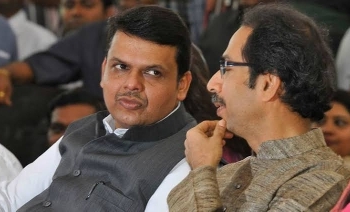New Delhi, October 14 (IANS). Driven by increasing urbanisation, better testing access and rising health awareness, the Indian diagnostics market, which was valued at $15 billion last financial year (FY24), is set to grow at a 14 per cent compound annual growth rate (CAGR), according to a report released on Monday. are supposed to.
According to the white paper released by Praxis Global Alliance at the ASSOCHAM Diagnostics Conference in New Delhi, there are serious challenges faced by Tier 2 and beyond cities, where more than 65 per cent of diagnostic laboratories are concentrated in Tier 1 and 2 cities, leading to a shortage of technology. There are vast opportunities available for -driven solutions.
The white paper examines key trends and technologies such as AI, blockchain, smart labs, genetic testing, mHealth, telemedicine, mobile diagnostics and smart wearables that have the potential to bridge the gap and ensure more equitable access to quality healthcare .
According to the findings, Tier 1 cities, home to 9 per cent of the population, contribute about 37 per cent to the GDP.
While most of the more than 540 urban centers are Tier 2 and Tier 3+ cities, there are a few Tier 3+ cities. It is projected to accommodate an additional 46 million people by 2030.
“With government initiatives, growing health awareness and increased focus on preventive care, the role of diagnostics in improving health outcomes has never been more important,” said Aryaman Tandon, Managing Partner, Healthcare, Praxis Global Alliance.
He said, “Together we can build a healthcare system that will not only address current inequities but also lay the foundation for a healthier and more equitable future for all, especially in rapidly growing Tier 2 and 3+ cities.” Will keep.”
The white paper states that by uniting on a shared vision and committing to bold investments in technology and innovation, stakeholders can transform the diagnostics landscape in India.
Experts at the event highlighted the transformative role of technology in eliminating disparities in healthcare delivery.
–IANS
AKS/GKT










